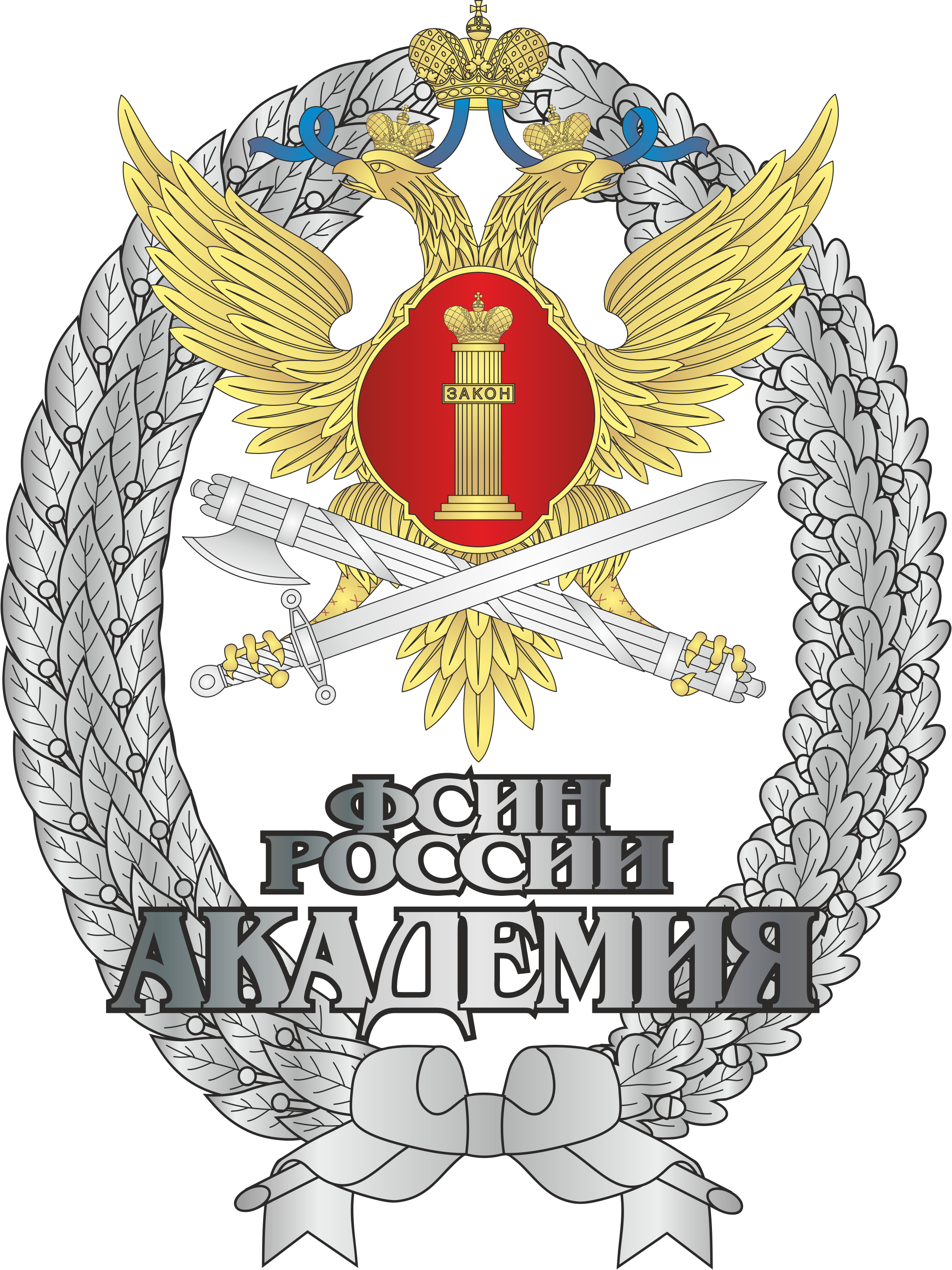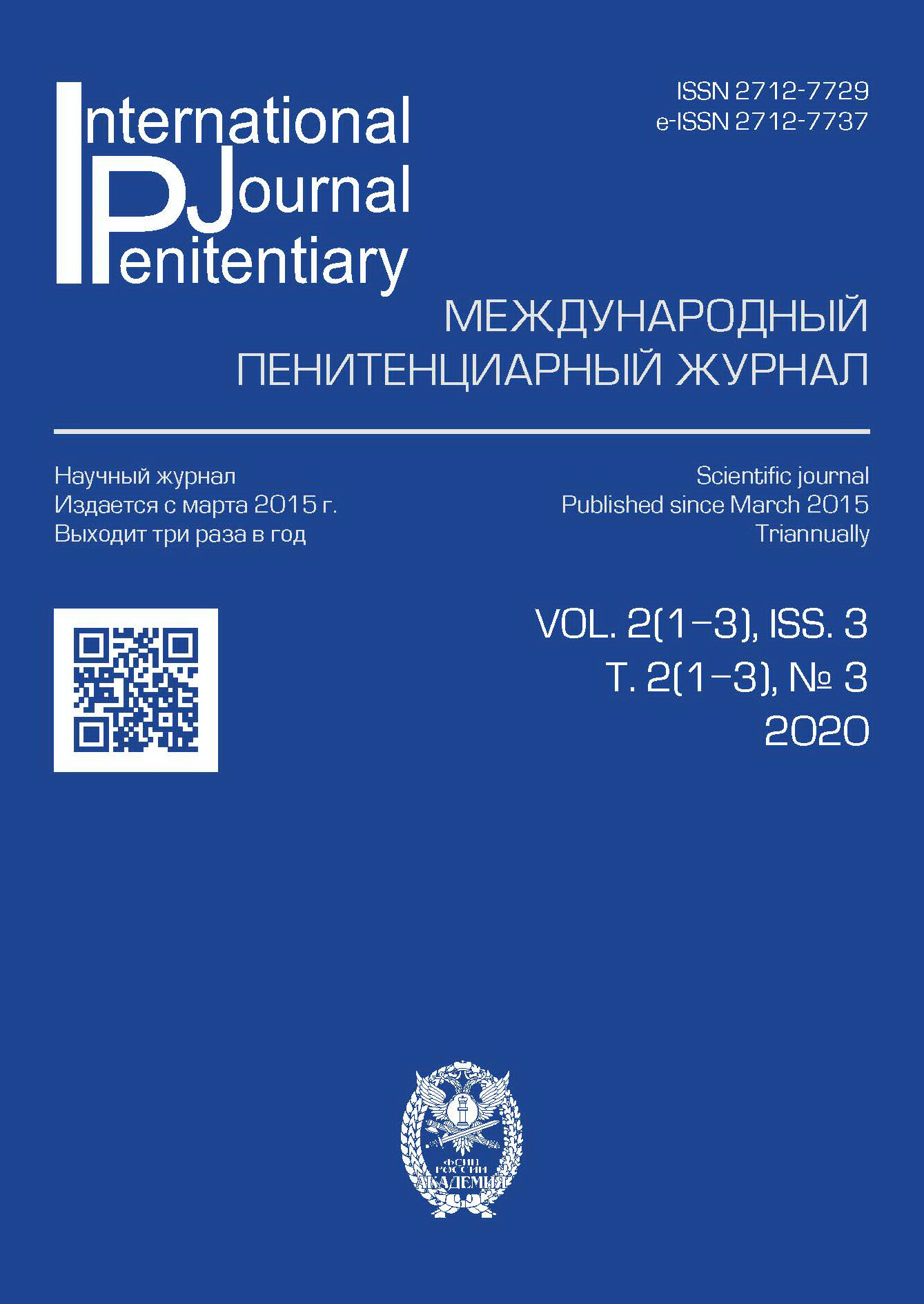Kishinev, Moldova
CSCSTI 10.83
The penitentiary system of the Republic of Moldova has entered a stage of reform since it was transferred from the Ministry of Internal Affairs to the Ministry of Justice. For about 20 years under the auspices of the Ministry of Justice, similar to the European penitentiary systems, the national system has been experiencing the same difficulties: a high rate of recidivism, overcrowding in places of detention, an increase in cases of detection of prohibited items and substances in penitentiary institutions, lack of staff and insufficient financial resources. The situation at the national level differs from the general European practice in terms of separate detention of persons sentenced to imprisonment. The penalty of imprisonment is executed in penitentiary institutions of the following types: open, semi-closed, for juveniles (in which conditions correspond to semi-closed penitentiary institutions) and for women, in which the regime of detention corresponds to the regime established for open, semi-closed or closed type of penitentiary institutions, depending on the category of penitentiary institutions assigned by the sentence. The rigidity of the established system is determined by the clear definition in the law of the categories of prisoners and types of penitentiary institutions for serving sentences. It is not allowed to change the type of penitentiary institution. Such a system of imprisonment execution, established by mandatory norms of criminal law, not only creates a problem for the effective implementation of criminal justice (individualization of punishment), but also determines the need to organize three modes of detention in each type of penitentiary institution. Consequently, most penitentiary institutions should have at least 12 separate detention sectors, corresponding to each type of penitentiary and detention regime. At the same time, the problem of choosing the categories of sectors that should be present in a penitentiary institution becomes very relevant. This is due to the fact that the regime of a sentence execution in the form of imprisonment in a penitentiary institution does not consist in simple isolation, but in a regime with a rich content consisting of various aspects of life and activities of convicts during execution of sentences. Based on the results of the study, the author suggests revising the content of the concept “type of penitentiary institution”. This concept should include not only the level of accessibility within the penitentiary institution, but also the restrictions necessary for the detention of persons deprived of their liberty, depending on the assessment of their psychological profile, behavior and individual execution plan.
Republic of Moldova, penitentiary institutions, regime of detention, convicts, correctional institutions, recidivism, categories of penitentiary institutions
1. Petrake, Z. 1992, Penitentiary system in Romania, Police Academy “Alexandru Ioan Cuza”, Bucharest.
2. Florian, I. 2002, Criminology and penitentiary science.
3. Ion, O. 1998, Penal law, All Educational Publishing House.
4. Barbu, G. S. & Shtefan, A. 2005, Criminal law, Bucharest.
5. Trayan, P. 1924, Comparative criminal law, penology and penitentiary science, Cluj.












